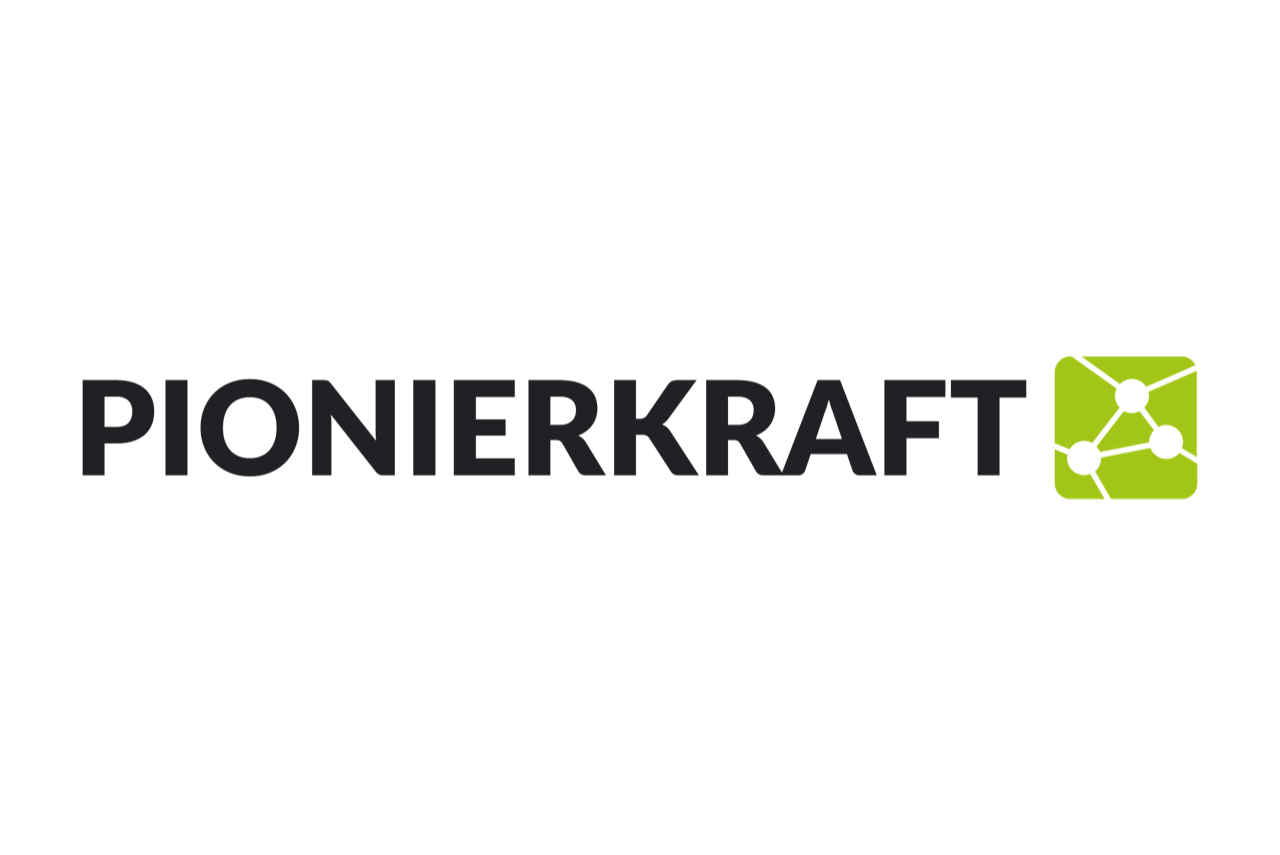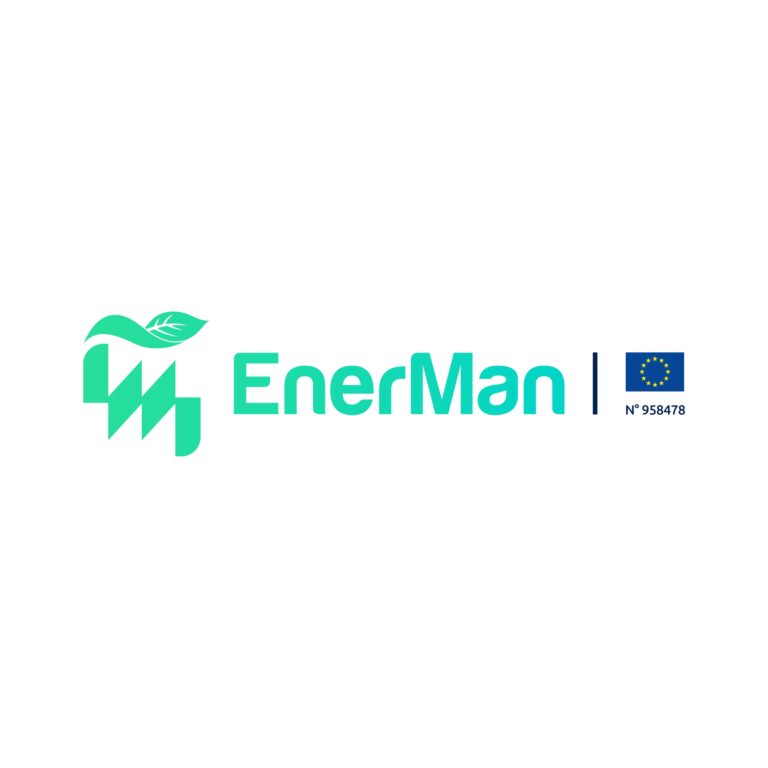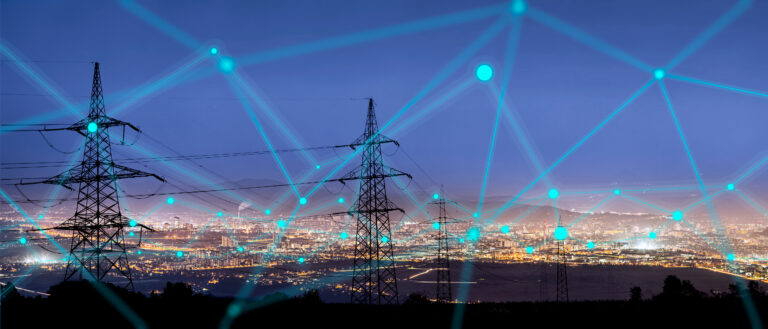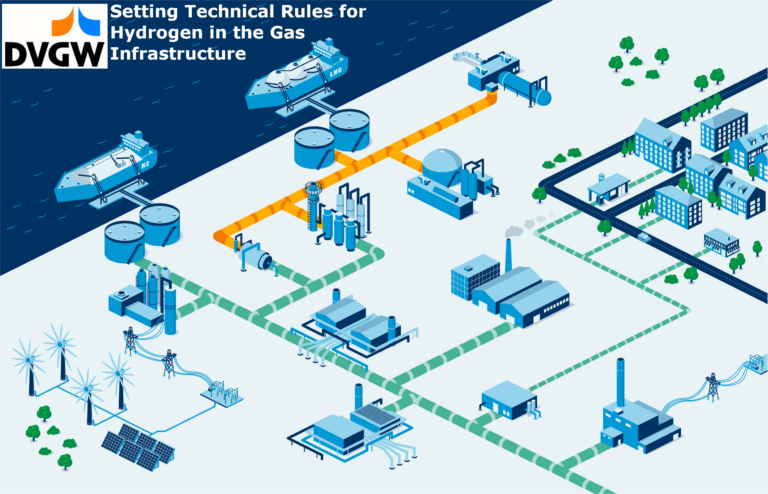Pionierkraft – Solar Energy for Tenants Made Simple
Solar Energy provides an excellent renewable energy source and can help reduce energy consumption costs even in private households while also decarbonizing. However, solar cells are mainly used nowadays in detached houses or office and industrial buildings – situations where only one owner is involved. The question of how to distribute solar energy in apartment buildings between tenants is more complicated, involving a hardware challenge and tough administrative questions due to the many parties involved. The German startup Pionierkraft developed a hardware solution to distribute and administrate solar energy successfully to tenants, and it made their solution profitable, starting from the first party.
In today’s interview, we are talking to Nicolas Schwaab, Co-founder and managing director of Pionierkraft, about how they revolutionize solar energy on multi-apartment buildings,
Why did You Start Pionierkraft?
I am responsible for sales, marketing, and finances at Pionierkraft. I came from Freiburg, studied business administration, and then worked in a corporation for ten years in various positions, mainly sales, sales management, and CRM. For the last five years, I have also worked in a managerial position in B-to-B management. After ten years in the company, I had an urgent need for a somewhat more dynamic environment and also for a job with more meaning and impact.
In 2017, I met my co-founder, Andi, who originally devised the idea for Pionierkraft. Andi’s parents have been installing PV systems since 2000, and he helped install them during his semester break. He realized there was no way to make solar power available to other parties in an apartment building. During his electrical engineering course in Munich, he tried to implement the whole thing technically: How could something like this even work so that solar energy could be intelligently distributed to other households?
His idea was excellent. On the one hand, we have a huge market: as of today, 99% of apartment buildings have no solar on the roof. On the other hand, many tenants do not benefit at all from the energy transition and, therefore, need access to solar energy.
Our target group consists of houses with 1 to a maximum of 12 households. We are talking about over 3 million buildings with 16 million households—40% of all German households are in this target group.
What is Your Product?
Our product is a combined hardware and software solution with innovation, particularly on the hardware side. The hardware intelligently distributes the solar energy to other consumers, i.e., the owner who lives in the house, general electricity, the heat pump, and to the consumer for whom it brings the most significant benefit. For this purpose, we have developed a software portal that manages all landlord operations in real-time. The landlord can see how much electricity I am selling to my tenants. At the end of the year, we also create an invoice for the landlord. We have found that the regulations also prevent people from investing in tenant electricity solutions. Because it is too complex. We have developed a worry-free solution for this.
What are the Advantages of Your Product?
We have productized a complex process involving metering point operators, network operators, and other parties, meaning landlords can efficiently and profitably share solar power from the first party. Comparable competitive solutions sometimes start with 15 or 20 parties.
Another advantage is that the landlord only becomes a supplementary provider. With all other solutions, the landlord becomes a complete supplier: Even if the sun doesn’t shine, the landlord has to buy the electricity or pay someone to do this, and it is economically fraught with many more risks: You always have to calculate how much electricity is coming from the grid and the solar system; If electricity costs rise, the price must be adjusted immediately. While with our solution, he only offers solar power – at a fixed cost – and therefore has significantly fewer expenses, obligations, and risks.
We work with installers who install our product at the customer’s site. Our solution is much more scalable than others because we deliver the entire tech stack required for tenant electricity today to just one party: no metering point operator is required, no metering concept needs to be converted, and you don’t need a network operator. The installer can unpack and install our hardware, which is fully functional, immediately. This works because our solution is installed behind the meter and, therefore, only works in addition – so nothing needs to be converted, and there is only a regulatory obligation to provide information.
What are the Current Challenges?
Initially, the biggest challenge was hardware development, which was, of course, very expensive. In the past, investors mainly invested in software because it involved fewer risks. We have been developing the hardware for over four years, and financing it was a big challenge. Finding good staff is quite tricky, especially initially with little capital.
We want to grow strongly in marketing and sales – in the past, we invested the money mainly in development. We have been on the market for over a quarter of a year and have proven that it works. We now want to scale sales significantly. Even with more capital, it is still challenging to find good people.
Another challenge initially was the need for more manual workers when we did b-to-c business. With b-to-b, the challenge is more relaxed; some manual workers want to work with us because demand in the single-family home market has declined somewhat, and these businesses are looking for a new direction.
What are Your Future Plans?
There has been a change in development: in the past, we have invested primarily in hardware. It essentially stands now. Then there’s just one more iteration. In the future, we will invest more in software to cover other topics, such as how to integrate new consumption flexibly and what happens in the case of flexible electricity tariffs. Our hardware is developed so that we can respond to new developments via software updates, so no hardware needs to be replaced.
The next three years will focus on Germany because the vast market is growing rapidly.
Whom to Contact?
Are you feeling inspired by this exciting idea and eager to explore more? Reach out to Nico for a delightful discussion, or simply visit their website to learn more.






